Best
Beginner Violin Package
SET-UP
-
Overall: Hand-carved maple and spruce body for improved sound quality
-
Best Feature: Ebony fingerboard for durability and enhanced playability
-
TedScore™: 9.5/10
Best
Overall Beginner Violin
-
Overall: Solid tonewoods construction for excellent sound quality
-
Best Feature: Handcrafted with attention to detail, ensuring good playability
-
TedScore™: 9/10
Best
Violin on
Amazon
-
Overall: Handcrafted from select tonewoods for superior sound quality
-
Best Feature: Exceptional playability and responsiveness
-
TedScore™: 9/10
How Many Strings Does A Fiddle Have? Well, you’re not alone if you’re wondering what the answer is to this question…
The fiddle has four strings.
But is that the end of the discussion? Nope!
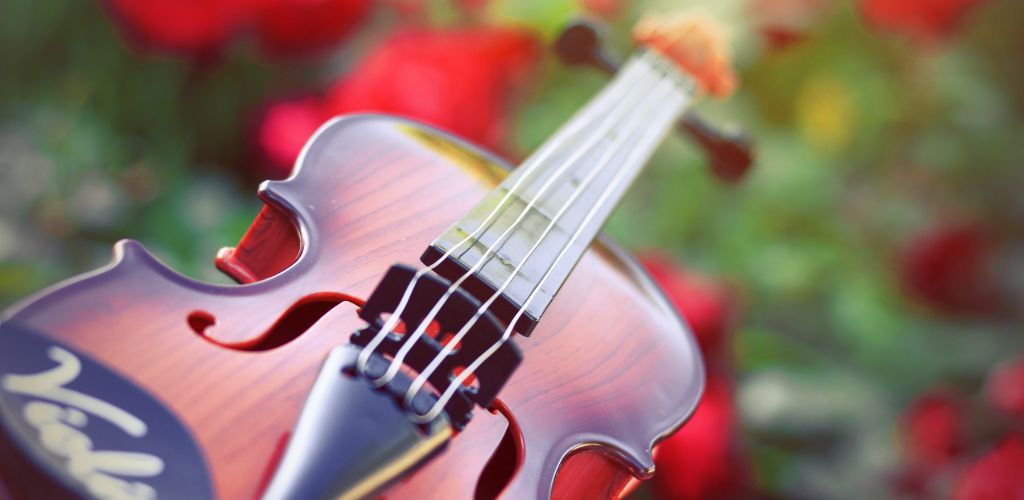
The fiddle is a fascinating instrument that has captivated audiences for centuries.
From the lively reels of Irish folk music to the soulful strains of country music, the fiddle has a rich history and a unique sound that sets it apart from other instruments.
So, let’s take a closer look at this beloved instrument and discover its secrets…
Let’s get straight into it!
Fiddle vs Violin:
What's the Difference?
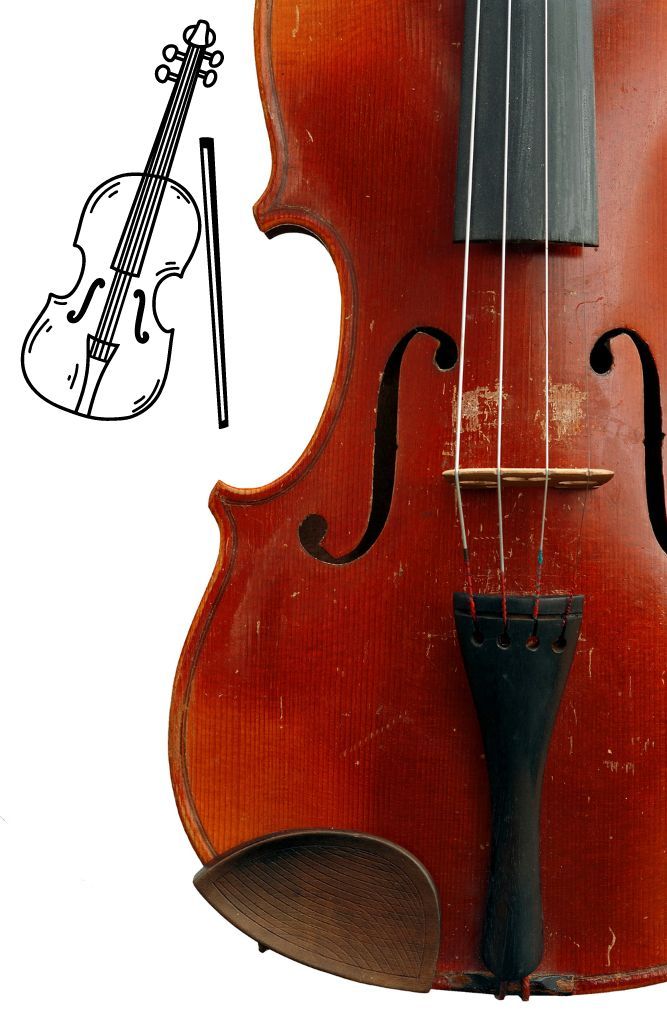
Fiddle and violin are often used interchangeably, but there’s a difference between the two.
While they look almost identical, the difference lies in the style of music played.
Folk, country, and bluegrass are usually the genres of fiddle music, whereas classical music is the genre most commonly associated with violin.
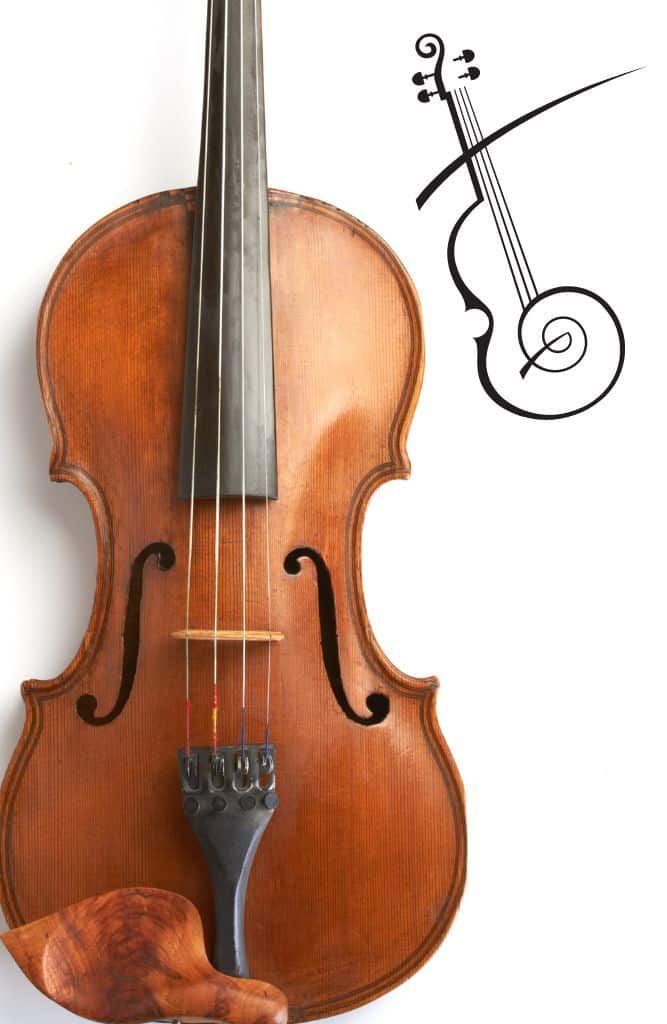
Plus, the technique used to play the instrument can differ between fiddle and violin.
Fiddle players often use a looser bow grip and a more relaxed playing style, while violin players use a more structured, classical technique.
Despite these differences, the instruments are essentially the same, with the same number of strings and tuning system.
How Many Strings Does a Fiddle Have?
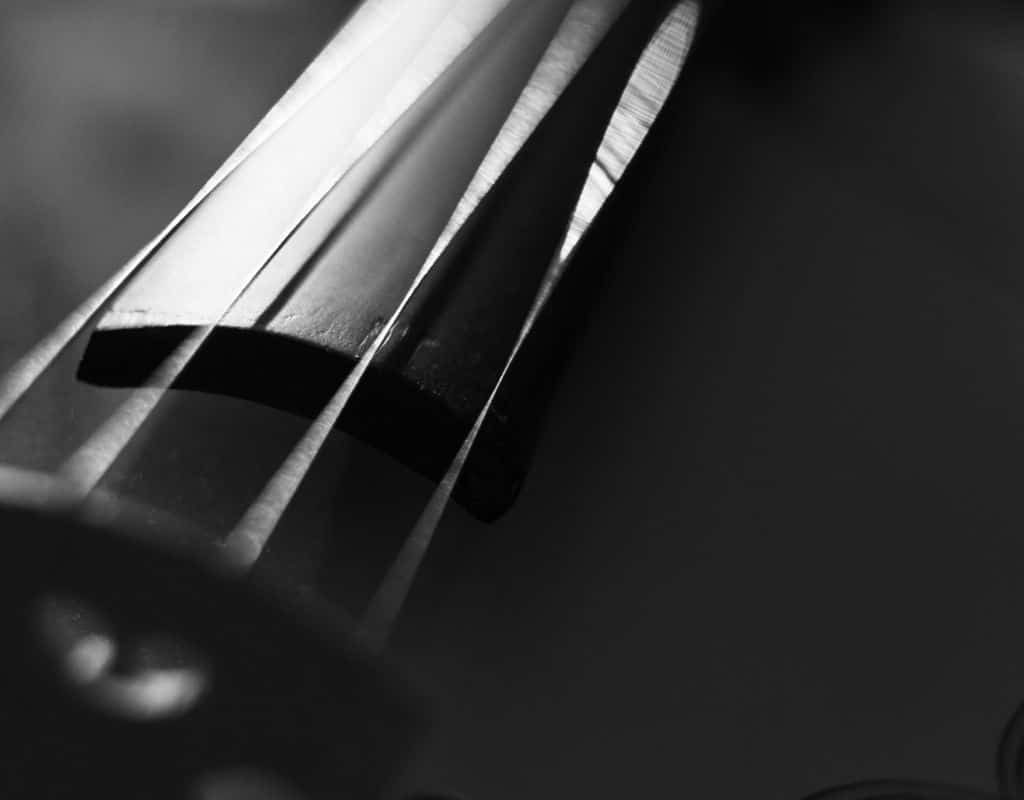
A fiddle is essentially the exact same instrument as a violin, so both instruments typically have four strings.
It typically has four strings that are usually tuned to G, D, A, and E.
The difference between a fiddle and a violin lies in the style of music played, with the fiddle being associated with folk, country, and bluegrass music, while the violin is related to classical music.
The strings on a fiddle can be made of gut, steel, or synthetic materials, and the string gauge can affect the sound and playability of the instrument.
String Gauges
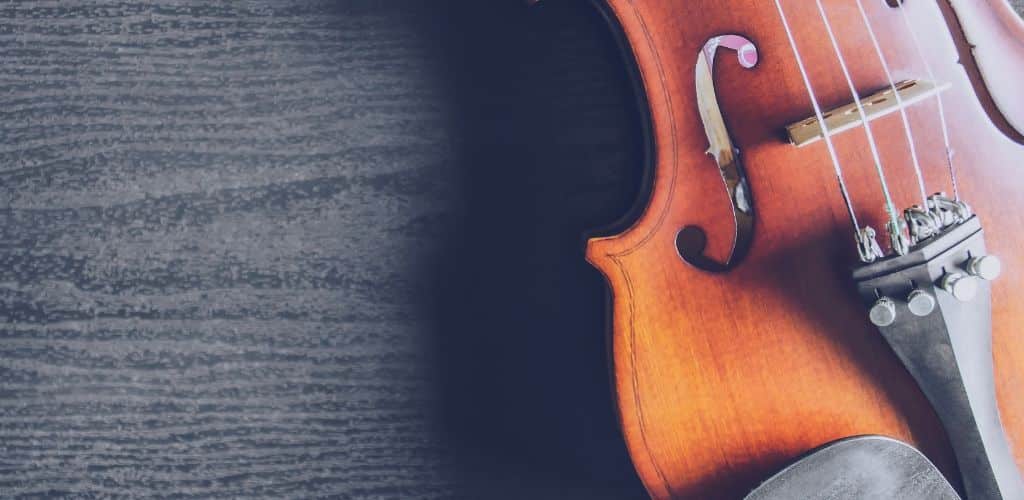
When it comes to fiddle strings, there is no one-size-fits-all. The thickness, or gauge, of the strings can vary depending on the player’s preference and playing style.
Here are some things to consider when choosing string gauges for your fiddle:
Light, Medium, or Heavy Gauge Strings
Fiddle strings are typically available in light, medium, or heavy gauge.
Players who are new to the instrument or prefer a milder tone may find light gauge strings to be a suitable option since they are thinner and require less tension to play.
Medium gauge strings are a good choice, balancing ease of play and sound quality.
Although heavy gauge strings require more finger strength to play, they produce a fuller and more resonant sound that some players may prefer. This makes them a great choice for those who are looking for a richer and more robust tone.
Gauge Range
String sets are typically labelled with a range of gauges, such as 10-46. This means that the thinnest string in the set has a gauge of 10, and the thickest string has a gauge of 46.
Some fiddle players prefer to mix and match string gauges to create a custom set that suits their playing style.
Tension
The tension of the strings can also affect the sound and playability of the fiddle. Strings with higher tension tend to create a more focused and brighter sound, while strings with lower tension produce a mellower and warmer tone.
However, higher-tension strings can be more challenging to play, especially for beginners.
Tuning a Fiddle
Here are some tips on how to tune your fiddle:

If your fiddle has a fine adjuster on each of the strings, you can use the pegs to make any major changes to tuning (if the string is more than a semitone out).
You can turn the pegs to adjust the pitch of each string. Don’t turn the pegs too much, or you might break a string.
Once you have made major changes to tuning using the pegs, you can use the fine adjusters to bring each string to exactly the right pitch.
The fine adjusters are usually located at the tailpiece end of the fiddle. You can turn them to make small adjustments to the pitch of each string.
An electronic tuner is a useful tool for tuning a fiddle. It’s the standard tuning device for many instruments, but it doesn’t necessarily work as well for fiddle.
However, it can still help you get in tune. An electronic tuner can tune each string to the correct pitch.
There are different techniques for tuning a fiddle. One technique is to tune the A string first, then tune the other strings relative to the A string.
Another technique is to tune the G string first and then the other strings relative to the G string. You can experiment with different techniques to find what works best for you.
Our Recommended Fiddle/Violin for Beginners
STENTOR STUDENT STANDARD VIOLIN

FEATURES: Solid tonewoods construction for excellent sound quality
OTHER INFO: Handcrafted with attention to detail, ensuring good playability
- Comes with a bow and a lightweight case for easy transportation
- Affordability without compromising on quality
- Suitable for students at various skill levels
- Shoulder rest is not included
When you click ‘Check Price’, you’ll see there are loads of great places to buy this item. Our personal favorite is Sweetwater for the US, and Thomann and Gear4Music for the UK & Europe.
They are the largest music retailers, with excellent customer service, competitive prices, really fast shipping, and the longest guarantees.
The professional musician who wrote this article combined many things,
from the product build, manufacturer’s reputation through to feedback
from other users, to create our famous TedScore™.
PRIMAVERA 100
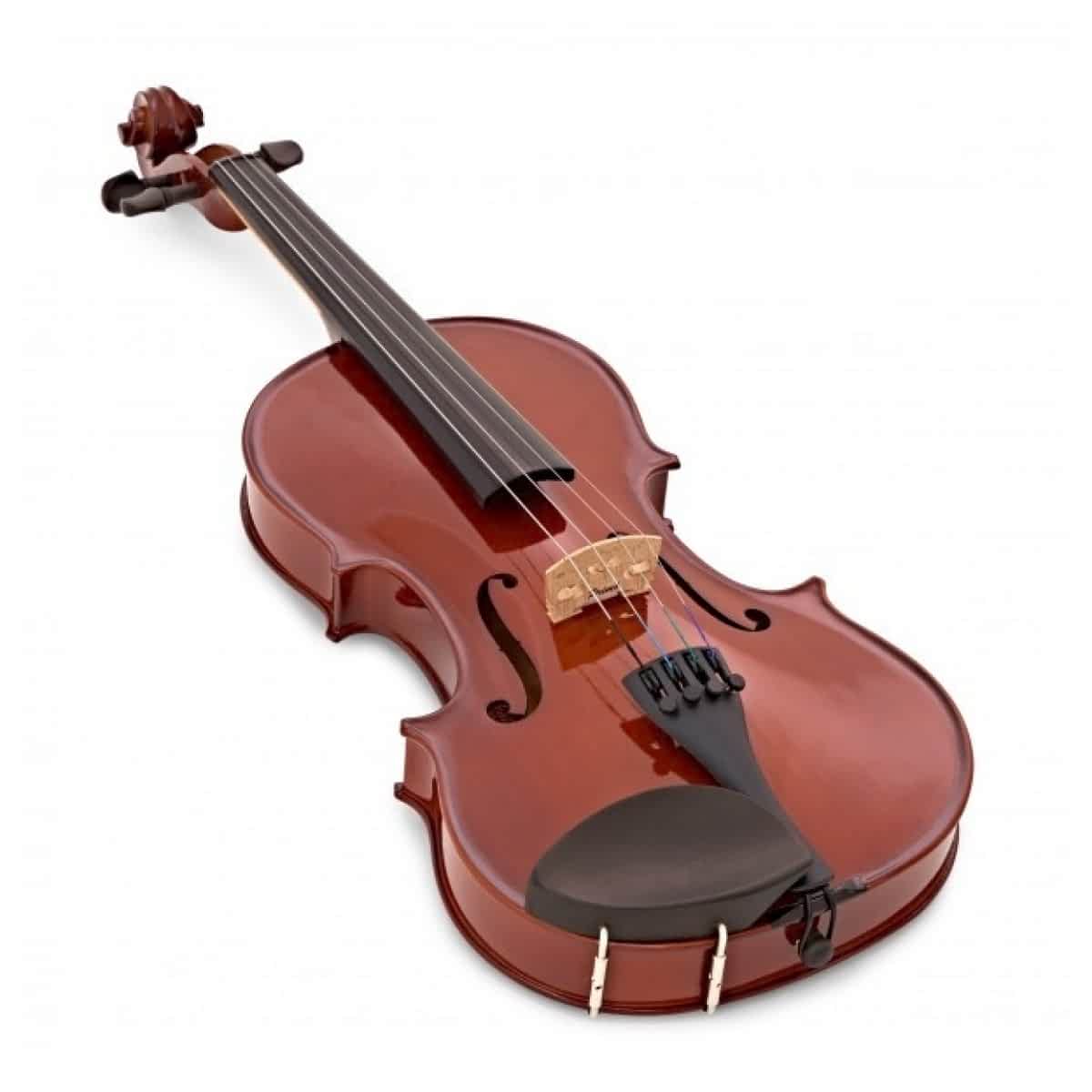
FEATURES: Hand-carved maple and spruce body for improved sound quality
OTHER INFO: Ebony fingerboard for durability and enhanced playability
- Inlaid purfling for added strength and stability
- An affordable price point makes it accessible to many aspiring musicians
- Good sound quality for an entry-level instrument
- The bow included with the violin may not be of the highest quality
When you click ‘Check Price’, you’ll see there are loads of great places to buy this item. Our personal favorite is Sweetwater for the US, and Thomann and Gear4Music for the UK & Europe.
They are the largest music retailers, with excellent customer service, competitive prices, really fast shipping, and the longest guarantees.
The professional musician who wrote this article combined many things,
from the product build, manufacturer’s reputation through to feedback
from other users, to create our famous TedScore™.
CREMONA SV-500
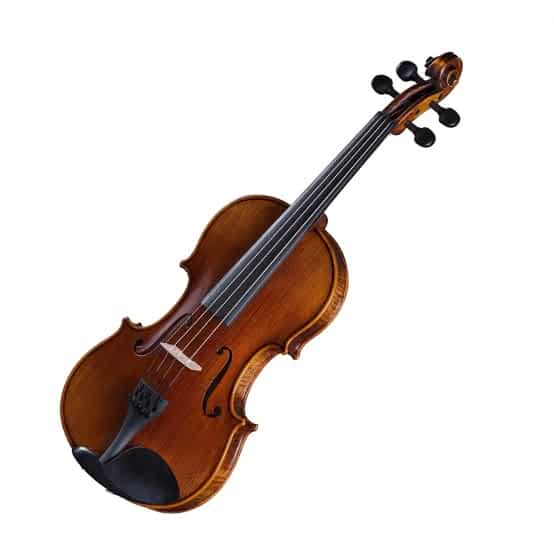
FEATURES: Handcrafted from select tonewoods for superior sound quality
OTHER INFO: Exceptional playability and responsivenesst
- Beautifully finished with an antique varnish for an elegant appearance
- Produces a rich, warm tone that is highly expressive
- Offers excellent projection and resonance, ideal for performances
- Higher price point compared to entry-level violins
When you click ‘Check Price’, you’ll see there are loads of great places to buy this item. Our personal favorite is Sweetwater for the US, and Thomann and Gear4Music for the UK & Europe.
They are the largest music retailers, with excellent customer service, competitive prices, really fast shipping, and the longest guarantees.
The professional musician who wrote this article combined many things,
from the product build, manufacturer’s reputation through to feedback
from other users, to create our famous TedScore™.
Tips for Keeping Your Fiddle Strings in Good Condition
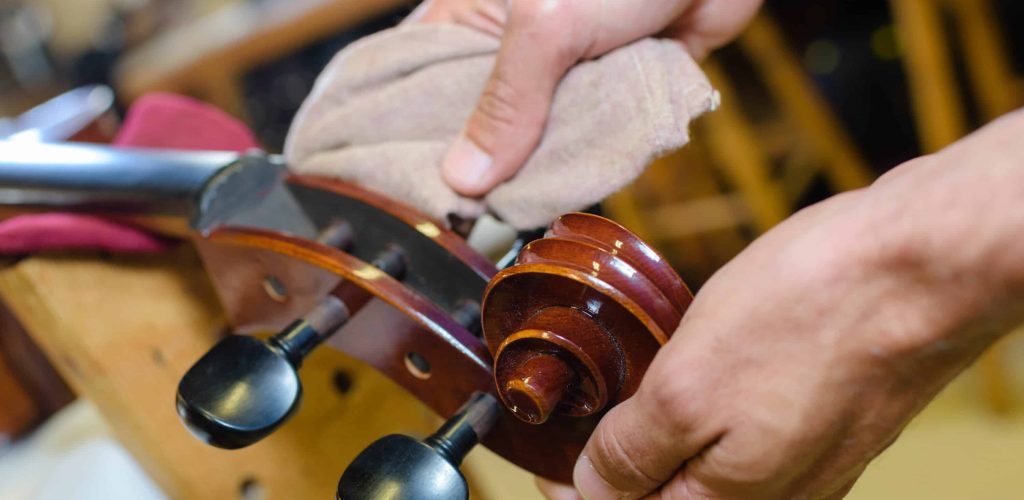
Change your strings regularly
You should change your fiddle strings every 4 to 6 months, or before any significant gig. This will help to ensure that your strings are in good condition and produce the best sound possible.
Keep your strings clean
Use a microfiber cloth to clean your strings after each use. You can also use a string cleaner to remove any dirt or grime that may have accumulated on your strings.
Avoid touching your strings with bare hands
The oils from your hands can cause your strings to rust and break down faster. Use a cloth or tissue to handle your strings when you need to adjust or tune them.
Use fine tuners
Fine tuners can help you make small adjustments to your strings without using the pegs. This can help reduce wear and tear on your strings and make them last longer.
Store your fiddle properly
When you’re not using your fiddle, store it in a case to protect it from dust, dirt, and other debris. This will also help to protect your strings from damage.
How Many Strings Does A Fiddle Have:
Final Thoughts
The number of strings on a fiddle may seem like a small detail, but it’s an important one that sets this instrument apart.
With its four strings and unique tuning system, the fiddle has a distinct sound that has been delighting audiences for centuries.
The fiddle is worth exploring whether you’re a seasoned musician or a curious listener.
So, grab a bow and try it – who knows, you might discover a new passion!
Wait, there’s more!
Are you tired of struggling with your violin during long practice sessions? Look no further than our Top 9 Best Violin Shoulder Rest!
These high-quality shoulder rests will provide the comfort and support you need to play your best, no matter how long you play.
FAQ's
A typical fiddle has four strings. The strings are usually tuned to G, D, A, and E.
The terms fiddle and violin are often used interchangeably, but the difference lies in the style of music played. Fiddle is typically associated with folk, country, and bluegrass music, while violin music is enjoyed by classical violinists.
No, violins and fiddles are typically tuned to the same notes. The difference lies in the style of music played and the technique used to play the instrument.
There’s no definitive answer to which is easier, as it largely depends on the individual’s musical background and personal preference.
However, playing fiddle may be considered easier for those who prefer a more relaxed, improvisational fiddle style, while playing violin may be considered easier for those who prefer a more structured, classical playing style.



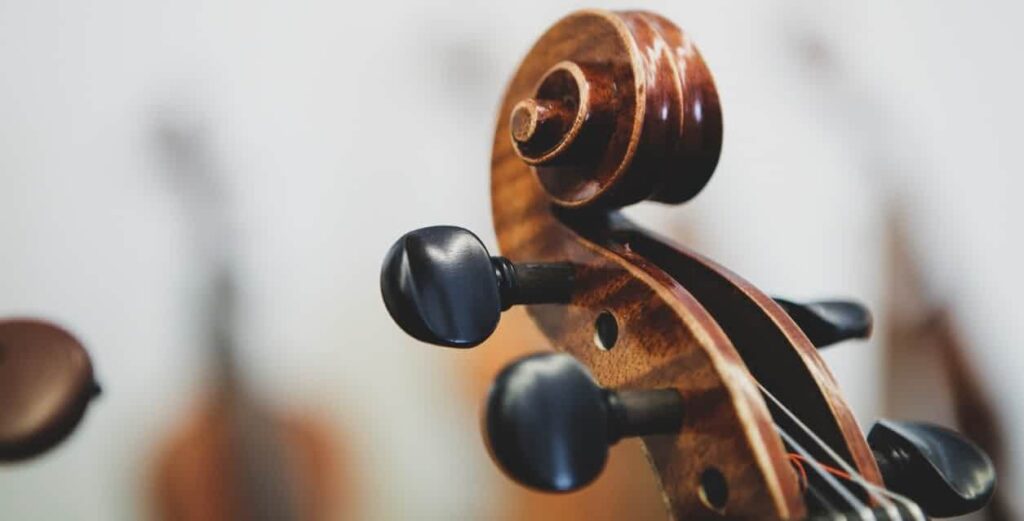
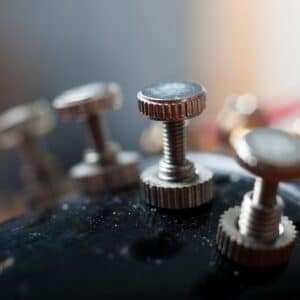
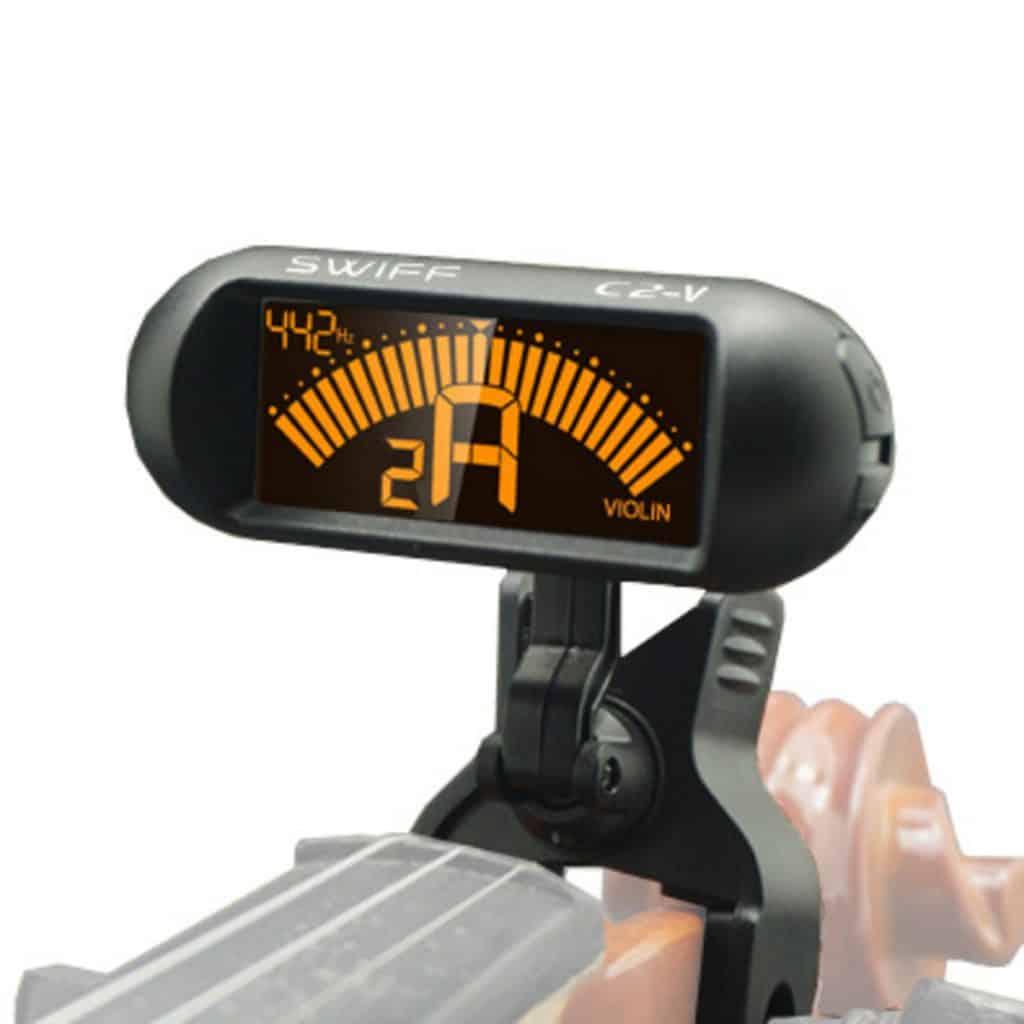
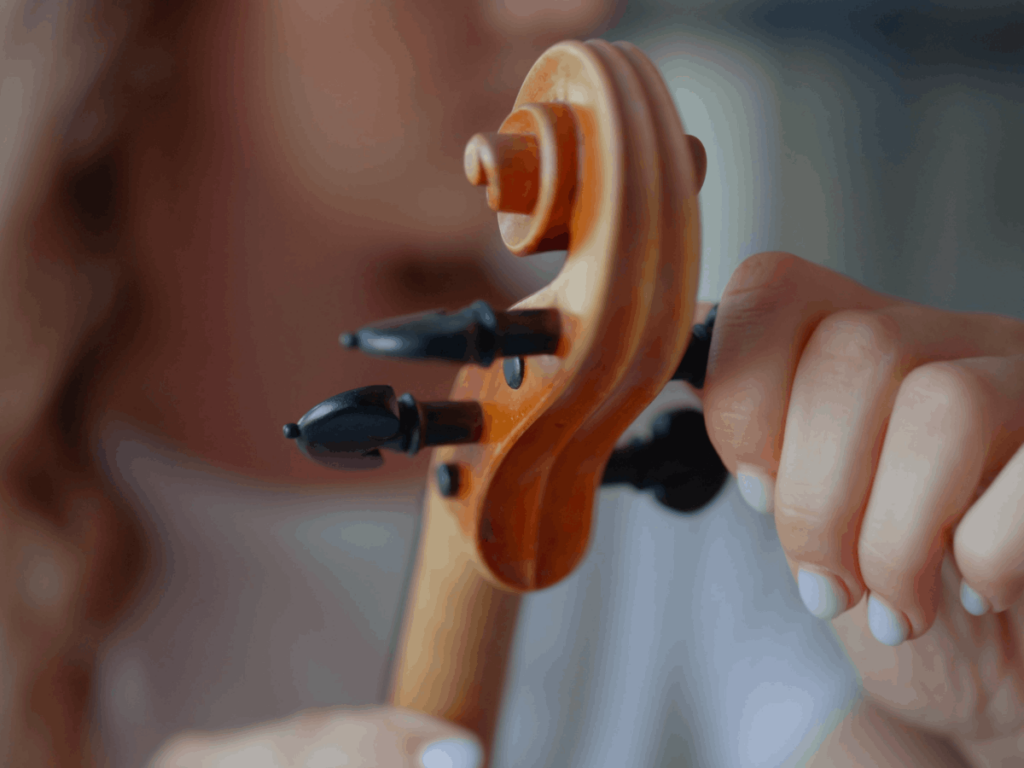







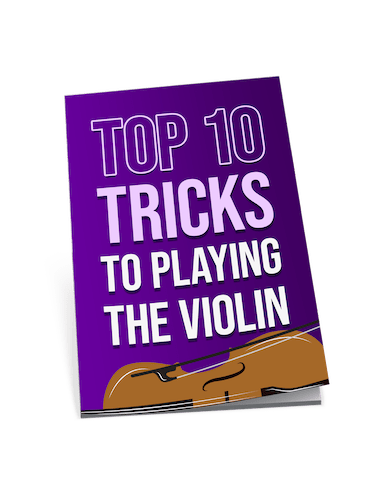
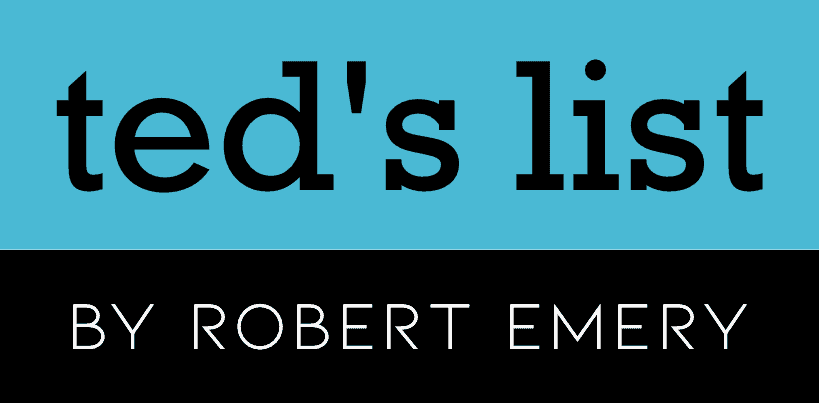
Tips for keeping strings in good condition were alright. I usually just play till one breaks. Guess I could do better.
I thought the section on tuning a fiddle was incredibly helpful! It’s always been a bit of a struggle to get my violin sounding just right, and it turns out, I’ve not been paying enough attention to the subtle differences in tuning techniques for different styles. Your breakdown has made it much more accessible, and I can’t wait to try it out during my practice sessions this week. Thanks for the clear and concise advice,
Nadine Galea!
hey, do you think heavy gauge strings make a fiddle sound better or is it just a thing for feel? trying to figure out what to get for my first set.
cool, thanks for the insight! might start with medium then.
In my experience, heavy gauge strings do add a bit of depth to the sound, especially on lower notes. But they’re tougher on the fingers, so might not be the best choice for a beginner.
Really enjoyed the section on string gauges, Nadine Galea. It’s a subtle aspect that truly changes the playing experience, especially for us transitioning from viola.